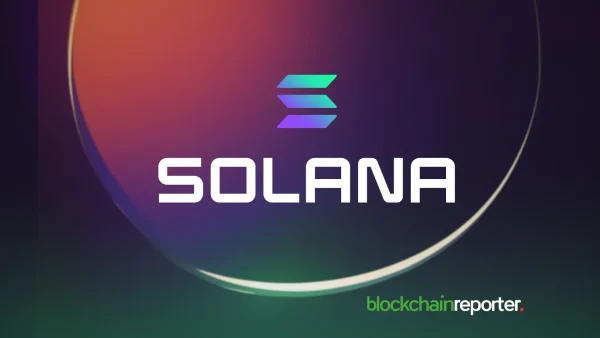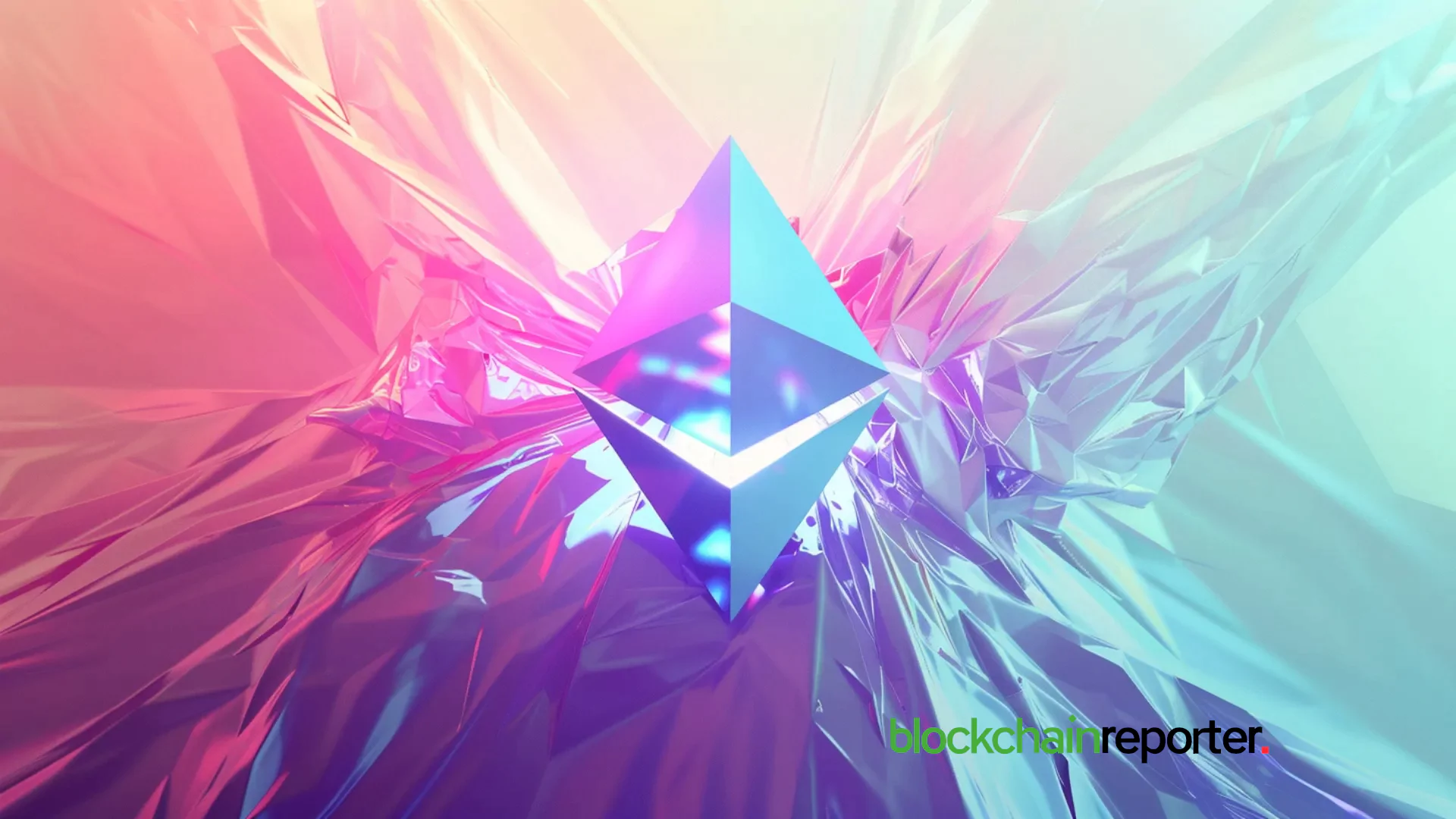Altcoin is an abbreviation of the phrase “alternative coin” and denotes other cryptocurrencies in circulation aside from Bitcoin.
And rightly so, after the launch of Bitcoin, every other subsequent cryptocurrency launched became an alternative for investors who missed the BTC train.
What Is the Difference Between Bitcoin and Altcoins?
Here are features differentiating Bitcoin from Altcoins:
- Longevity. Bitcoin was launched much earlier. Bitcoin came into existence in 2009, proving blockchain to be a practical and applicable technology. Meanwhile, the earliest altcoins began deploying in 2011. Over the years, over 19k altcoins are in circulation, according to trackers.
- Technology. Unlike Bitcoin, most altcoins incorporate superior technology for scaling or energy efficiency. Scalability is an issue for Bitcoin. At the same time, BTC mining is energy inefficient.
- Volatility. Altcoins are more volatile than Bitcoin. Since they have a lower market capitalization, price fluctuations in altcoins can be severe. At spot rates, BTC is the world’s most valuable cryptocurrency.
Types of Altcoins
There are many types of altcoins broadly classified as follows:
- Proof-of-work (PoW) coins rely on specialized computers to solve complex cryptographic puzzles to create new cryptocurrencies. The most powerful computer, or pool, receives coin rewards. Examples of Proof-of-Work coins include Litecoin (LTC), Ethereum Classic (ETC), and Monero (XMR).
- Proof-of-Stake (PoS) coins rely on validators who stake coins for a chance to verify a block and receive network rewards. Examples include Cardano (ADA), Tezos (XTZ), and Algorand (ALGO).
- Memecoins are digital assets that mostly have no practical use case. They are created for the fans of a particular niche or as a joke token. The most popular and valuable memecoin is Dogecoin. However, it has found utility over the years, used primarily for payment. Meme coins typically have the highest volatility amongst all altcoins, with prices driven by hype. Examples of memecoins are DOGE and SHIB.
- Stablecoins are altcoins with little to no volatility, acting as a safe haven in the volatile crypto world. The risks involved in holding or staking stablecoins are very minimal. They are pegged to another currency, usually fiat, and backed either by fiat, cryptocurrencies, or both. Examples of stablecoins include USDT, UST, DAI, and USDC.
What to Consider Before Investing in Altcoins
Before investing in altcoins, it will be wise to consider the following carefully:
- Cryptocurrencies, mostly altcoins, are speculative despite being with use cases. Therefore, users should track investor sentiments, “hype”, which often drives prices besides the usual market forces.
- Whales, including institutional investors and billionaires, prefer liquid altcoins and rarely fringe assets. Investors do not want to lose money. They prefer investing in established crypto ecosystems. While their preference doesn’t mean it is risk-free, it is safer than investing in the unknown altcoins that may be subject to wild price fluctuations or rug pulls.
- Focus on use cases and underlying technology. Ethereum has performed well in the last few years because of its good use cases. Additionally, Solana, Cardano, and Terra, for example, have caught the eyes of investors, soaring to mega valuations because of their superior technology addressing scaling. Anyone new investor interested in altcoins should always consider the base technology and the solution forwarded by the platform.











